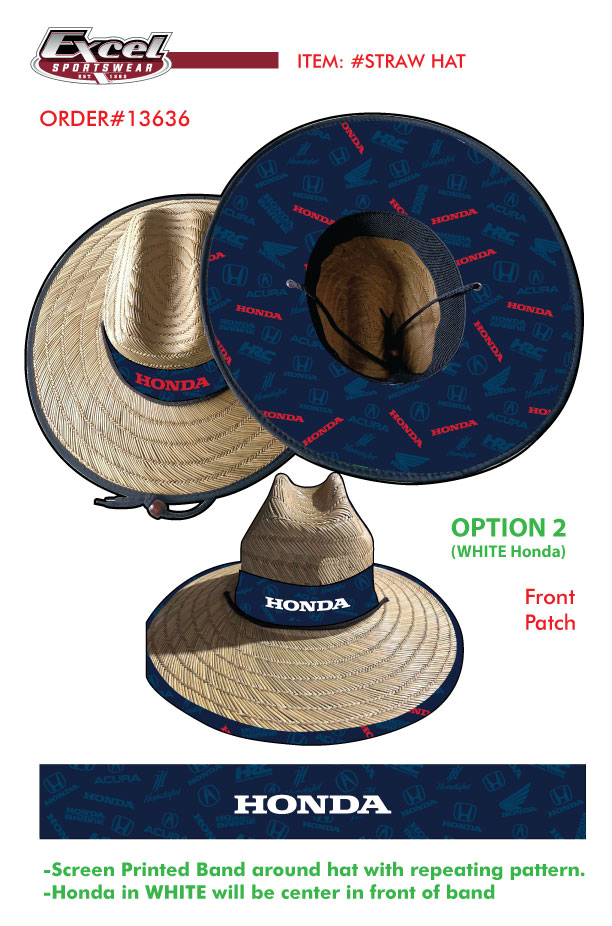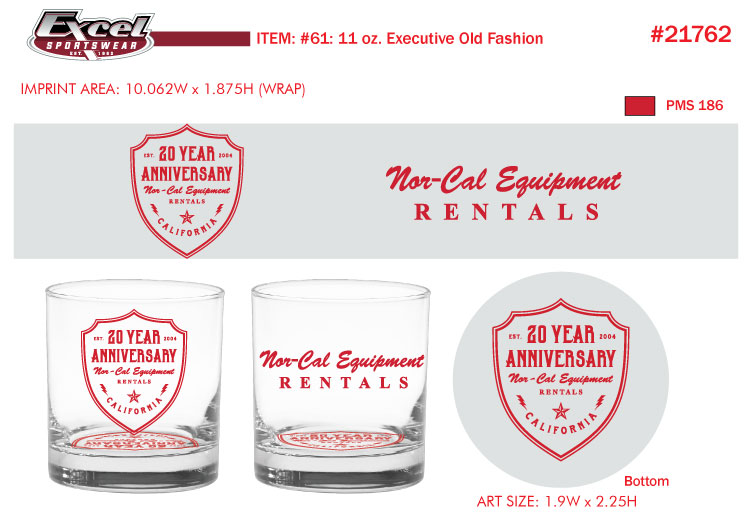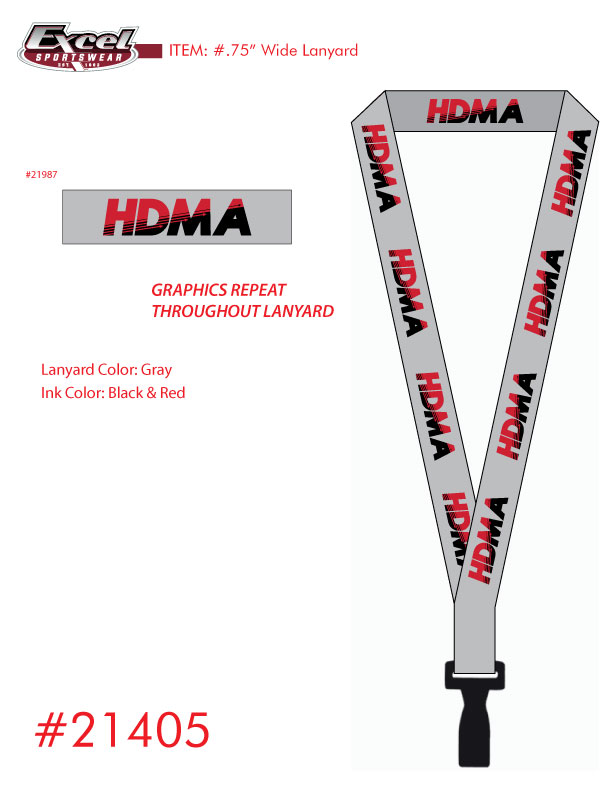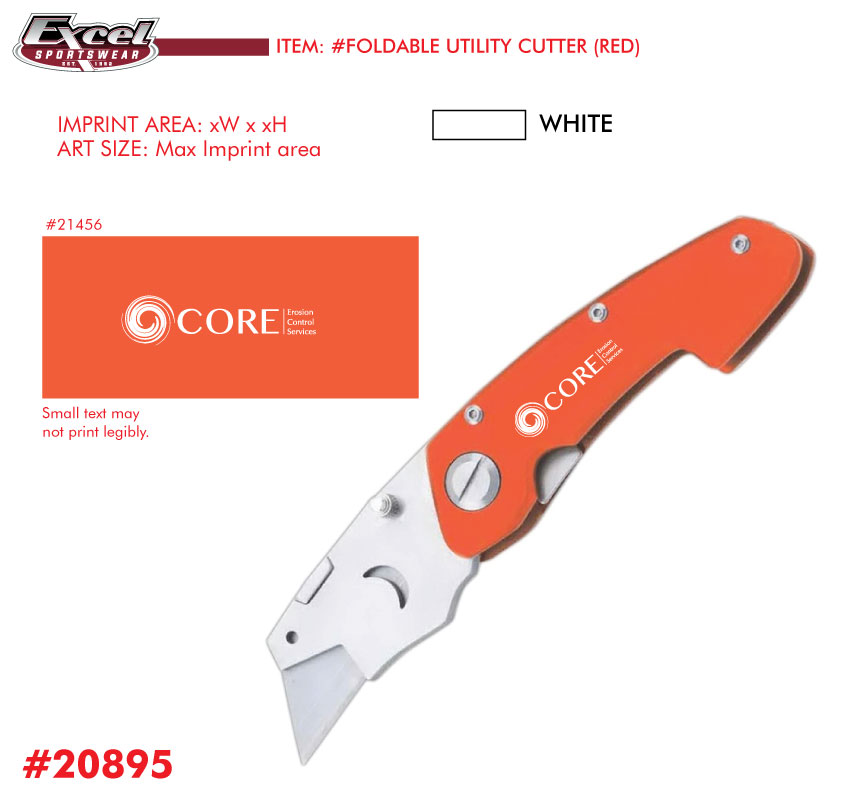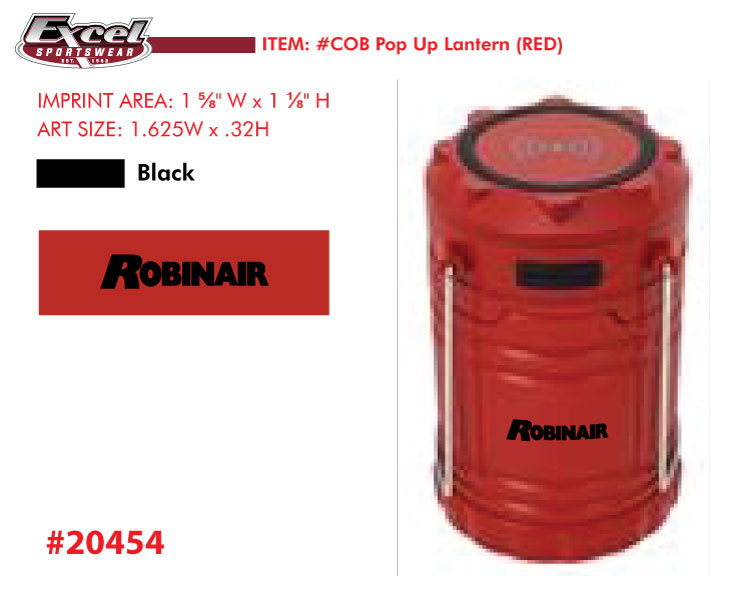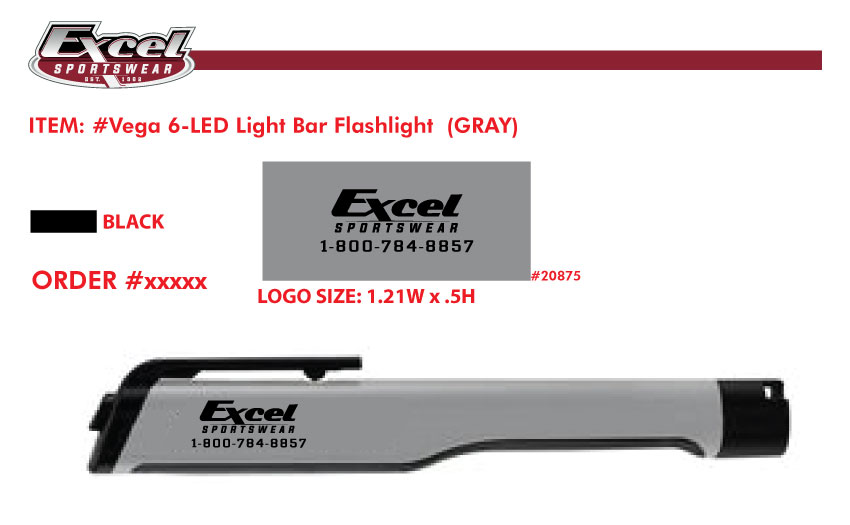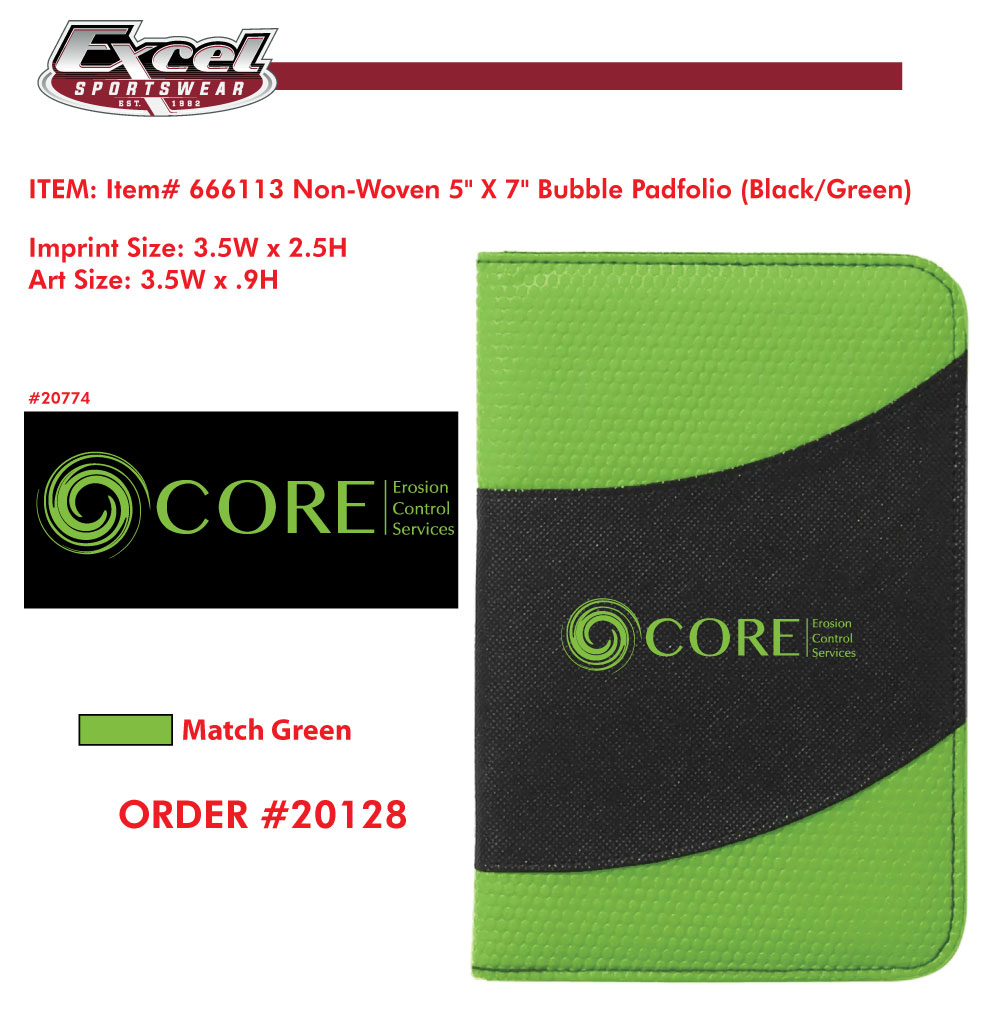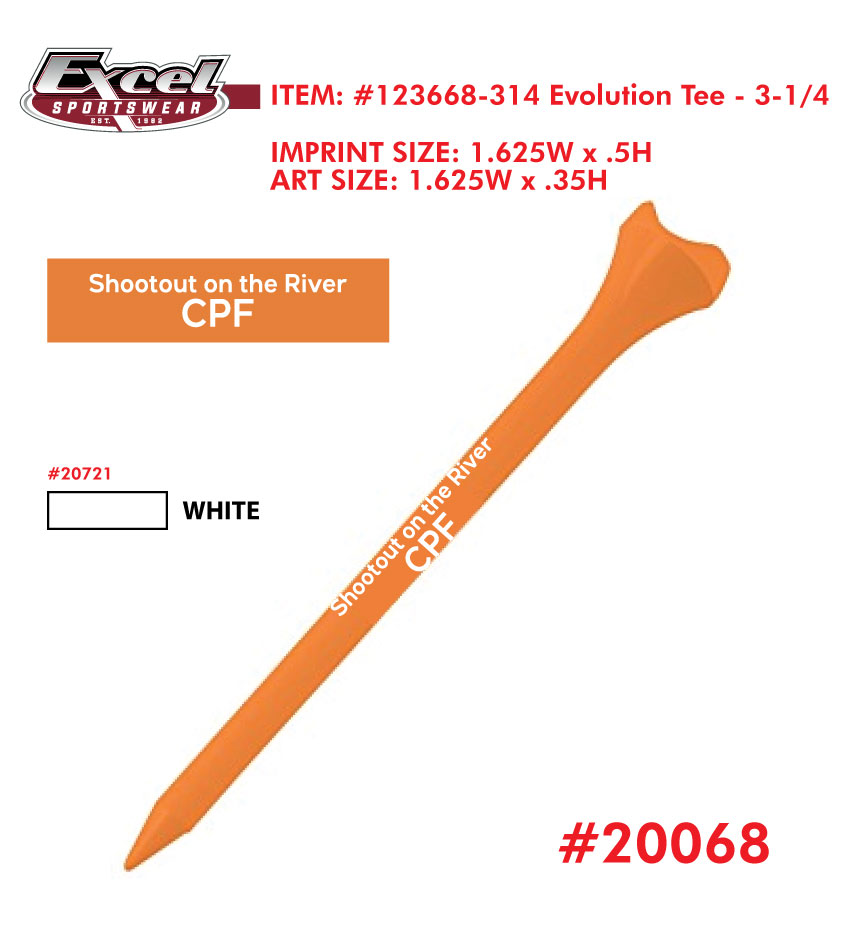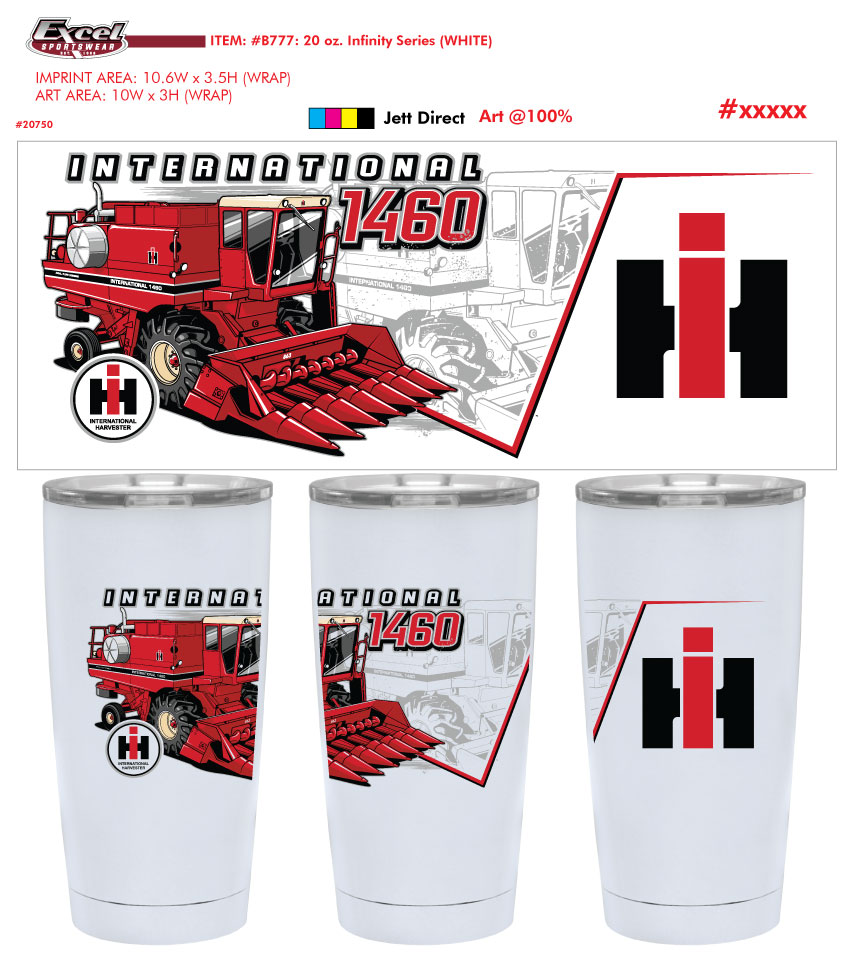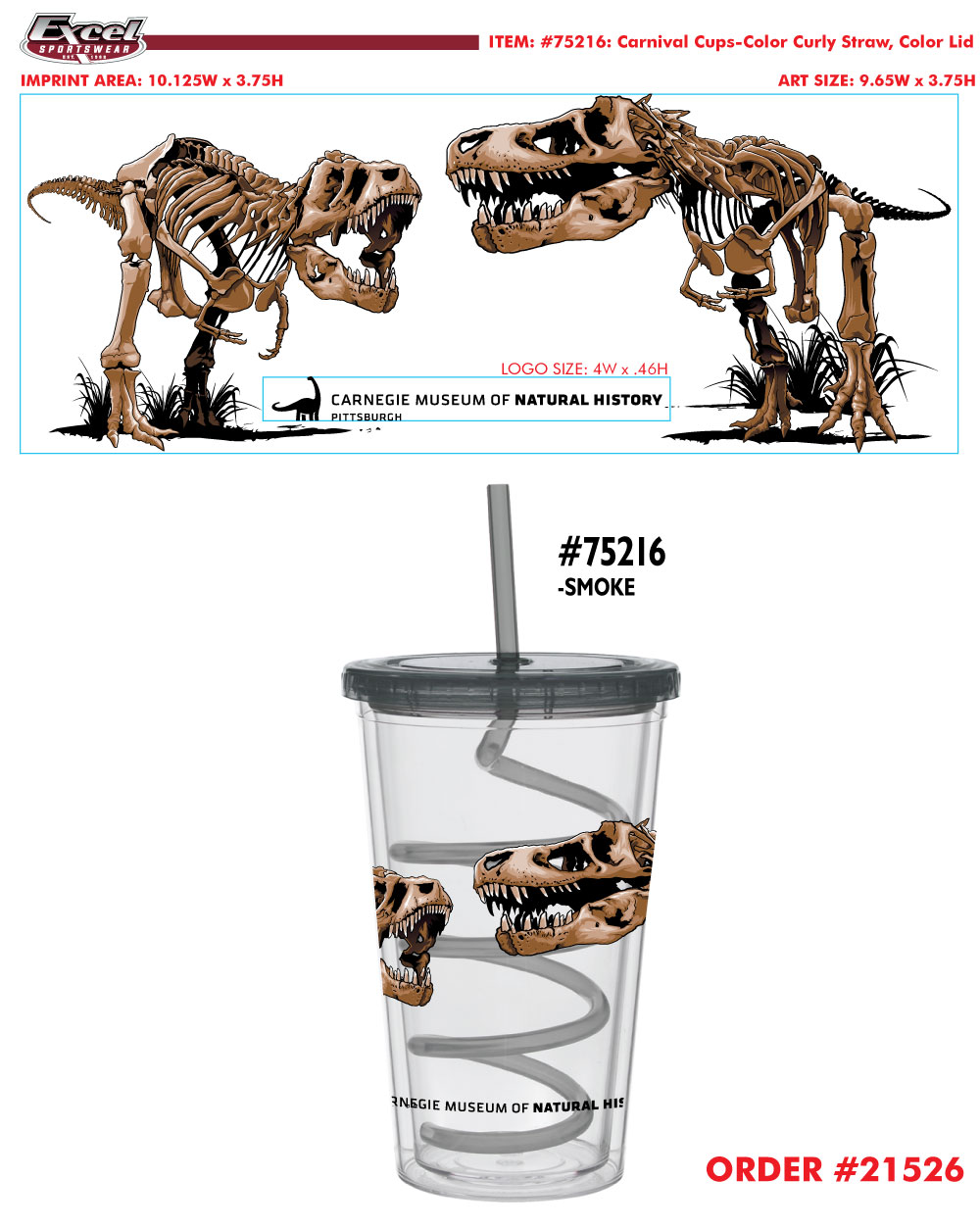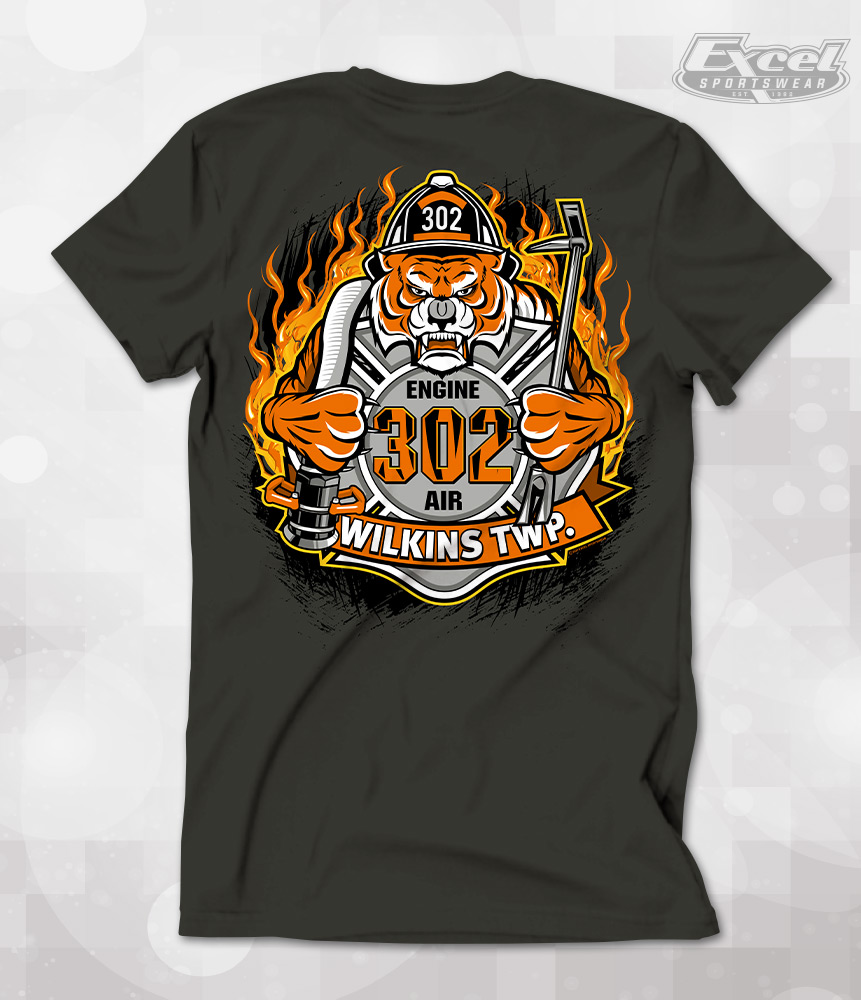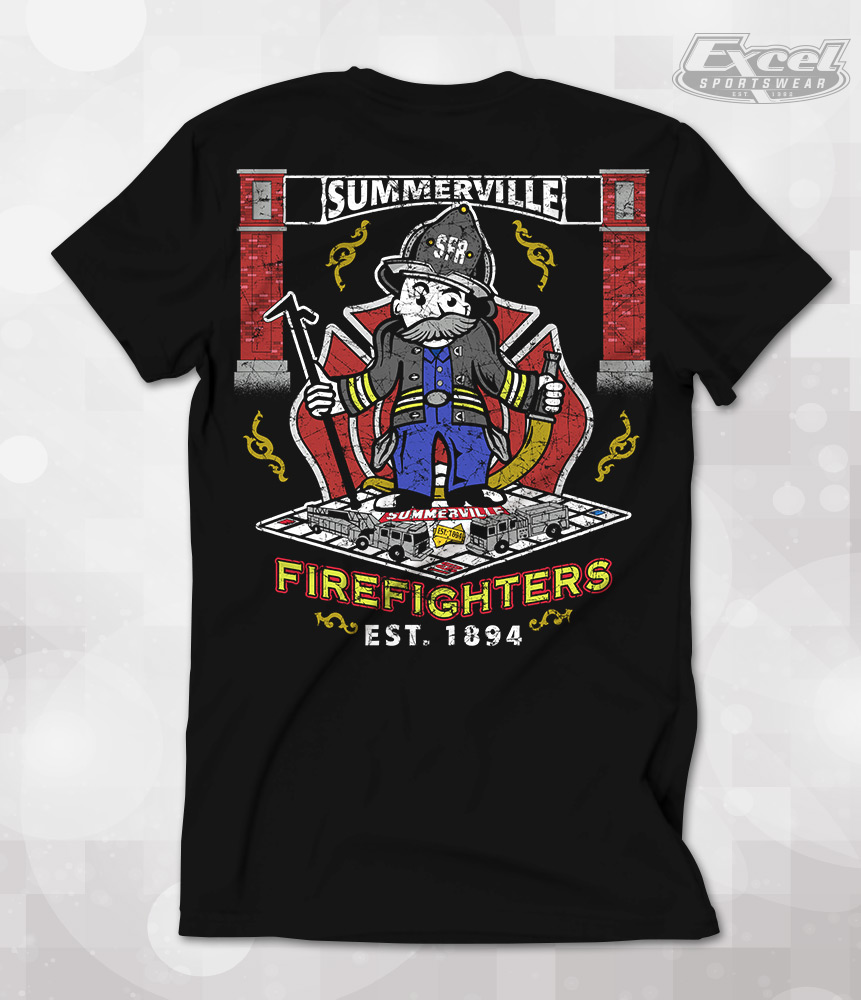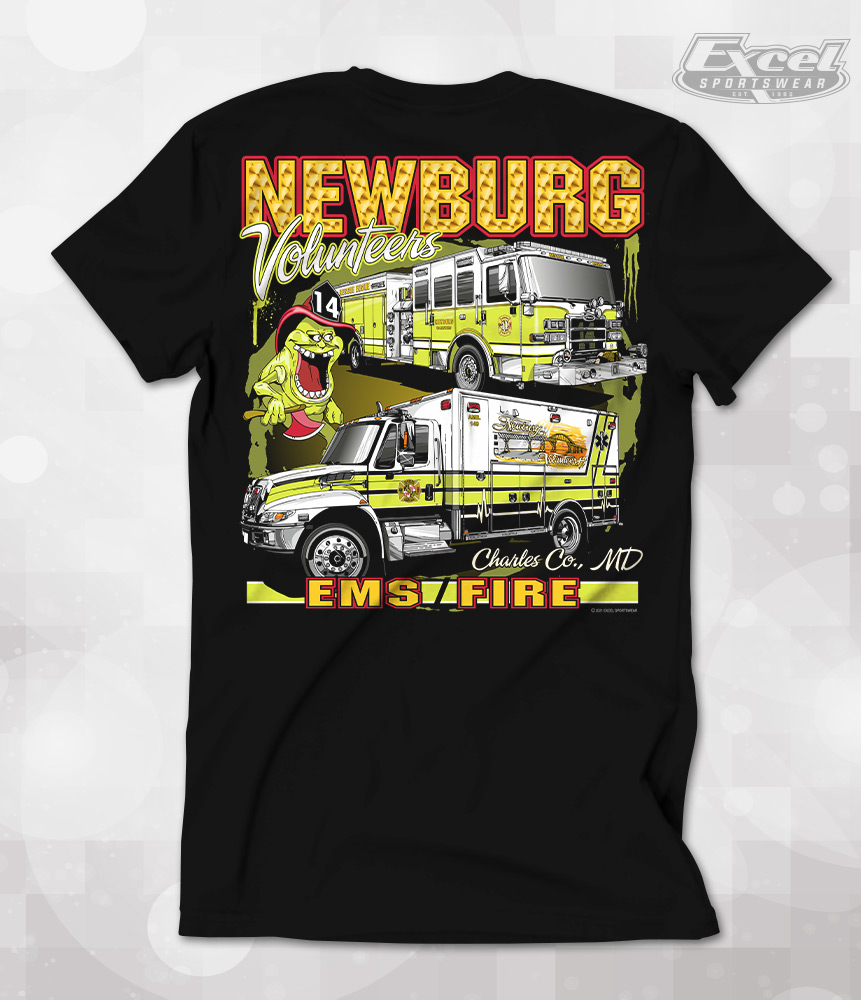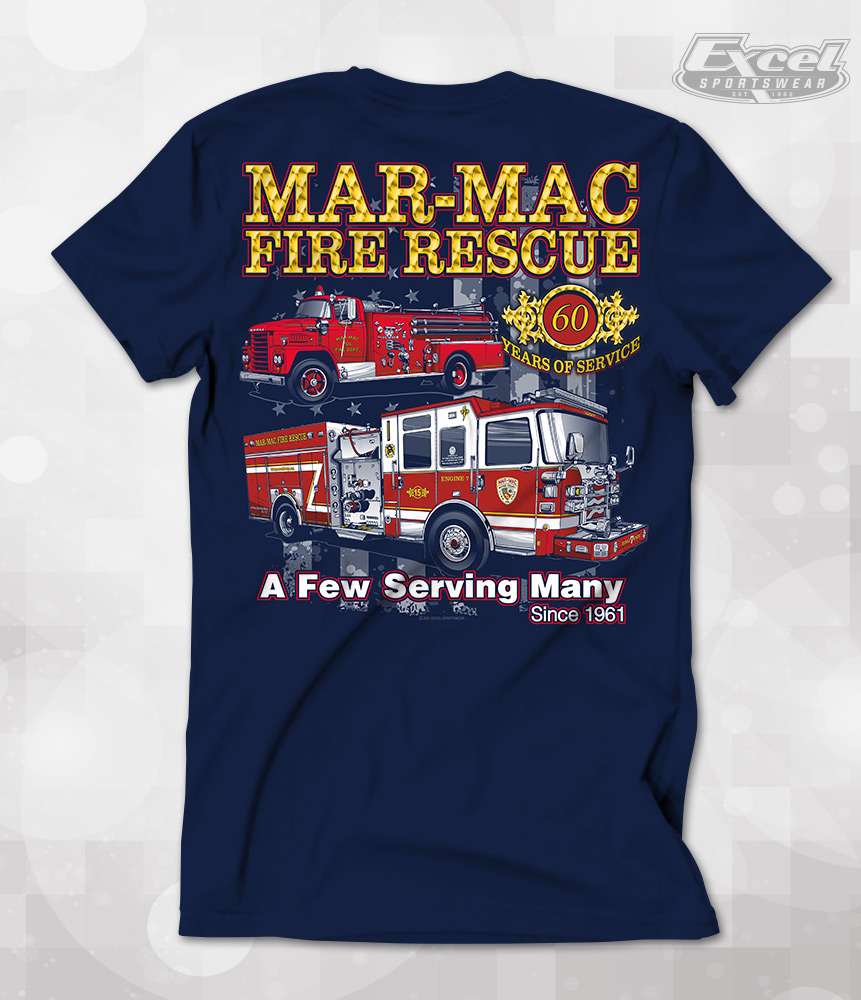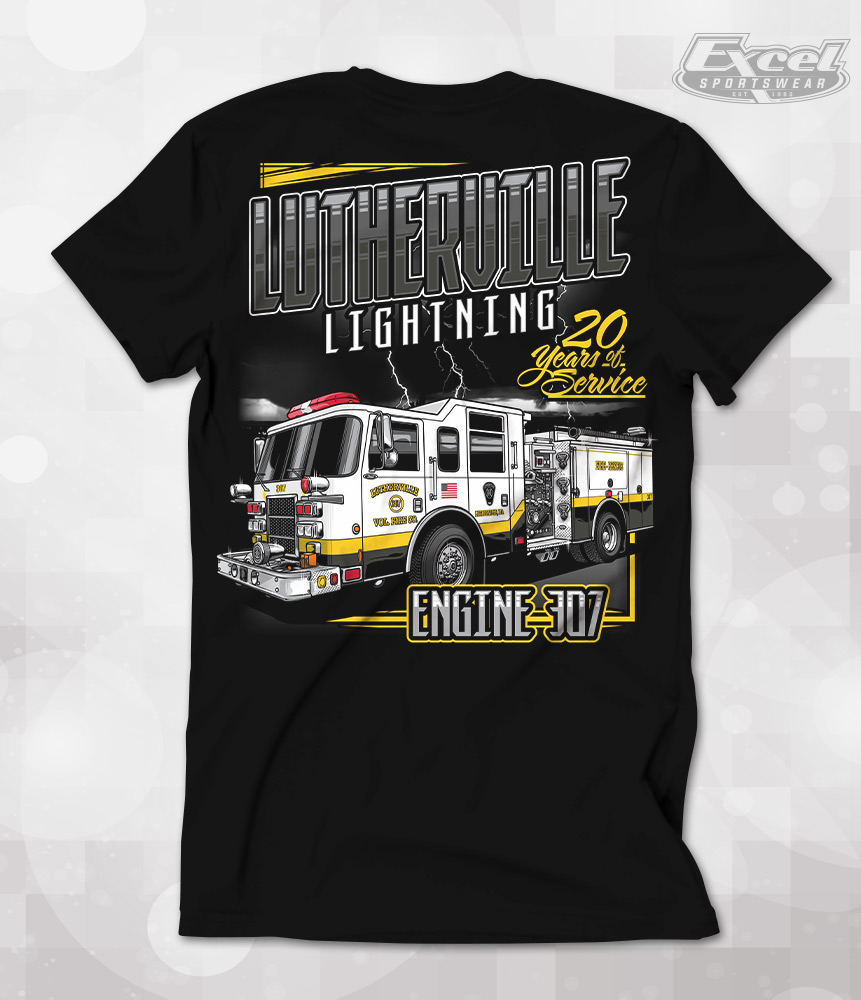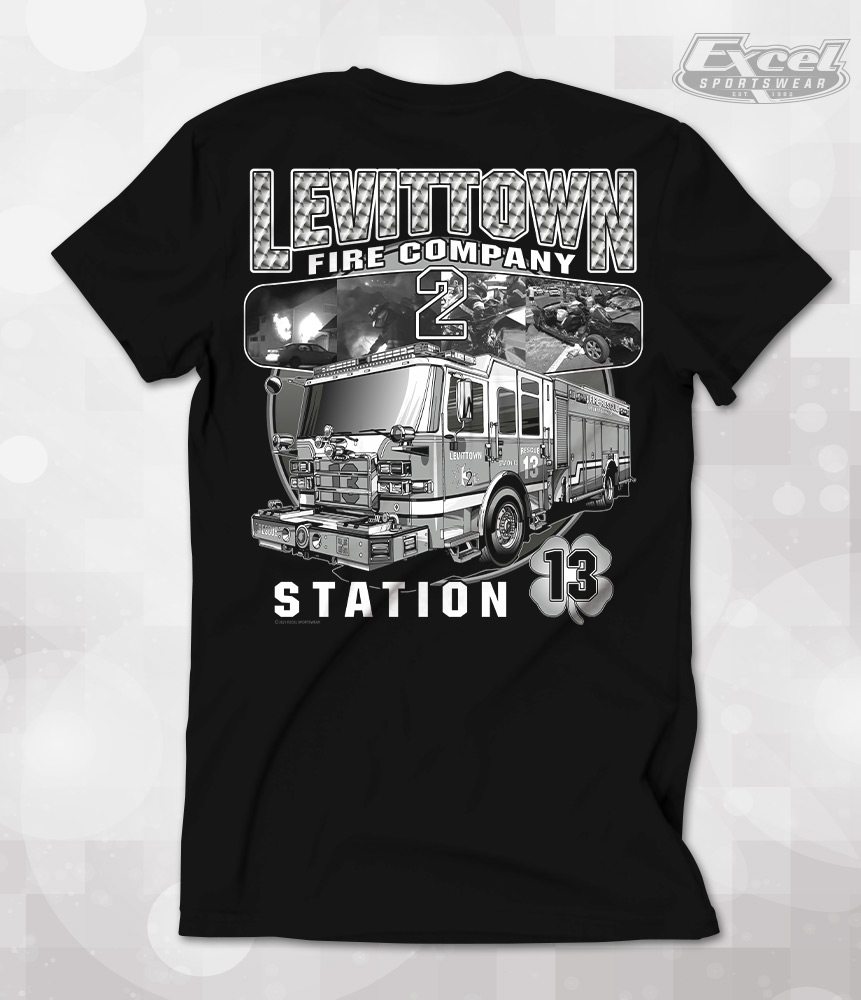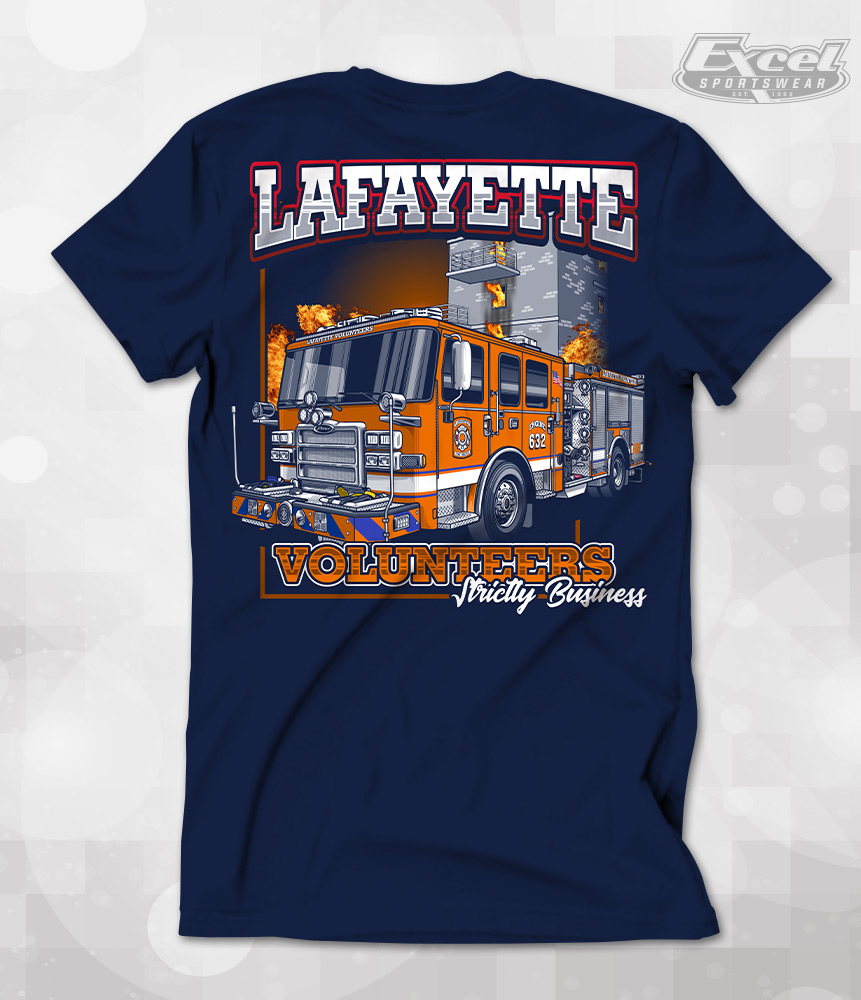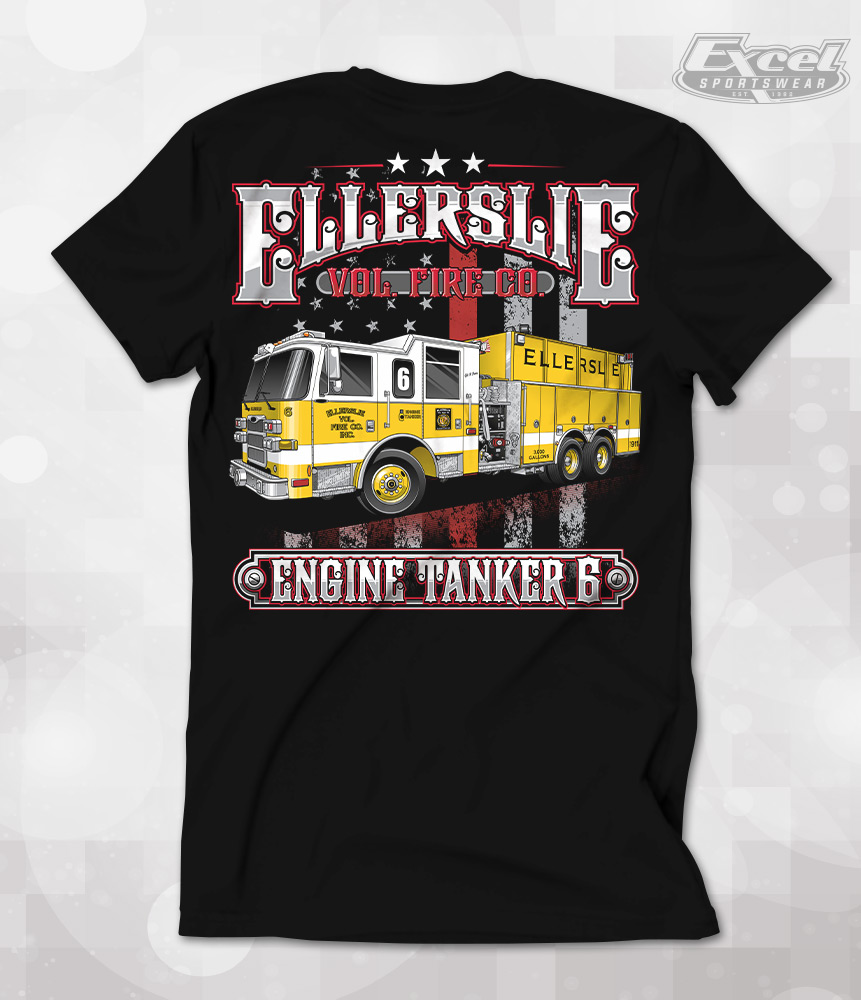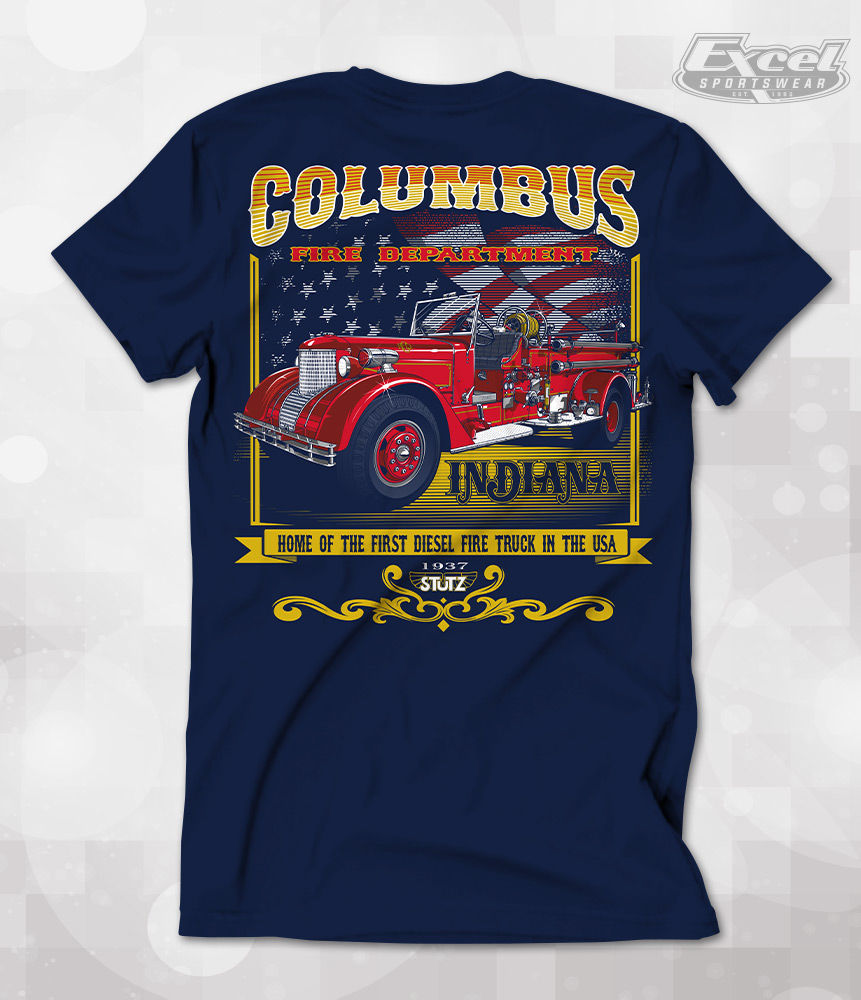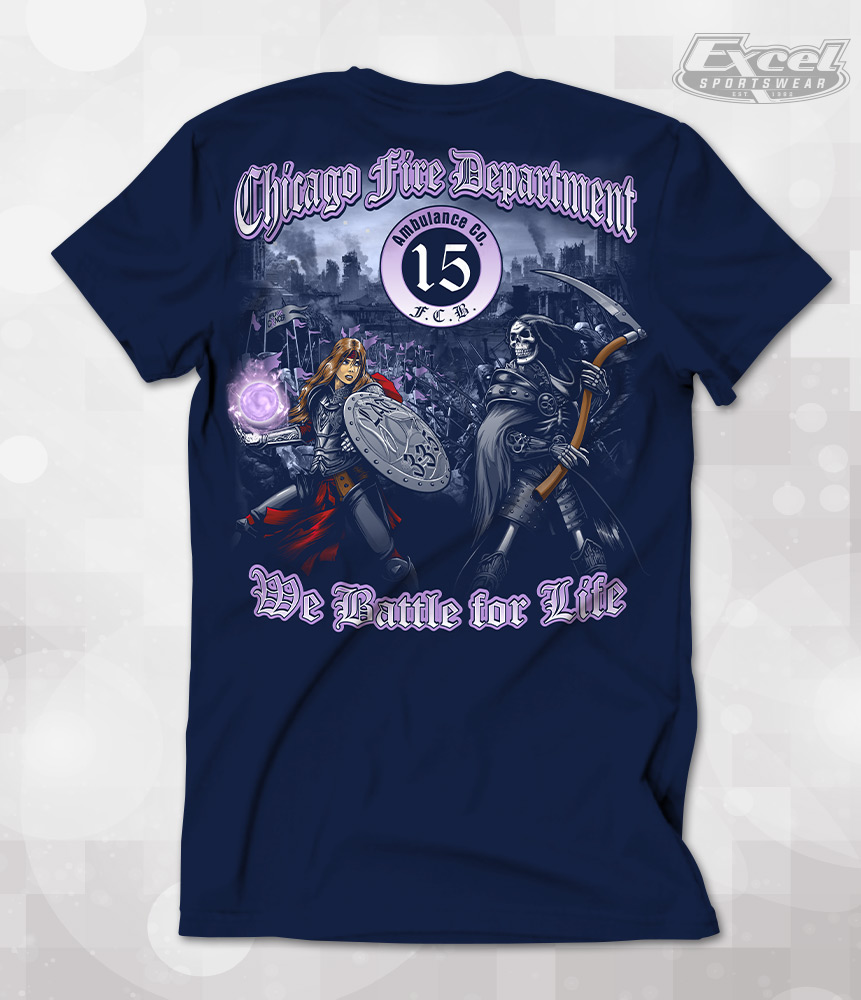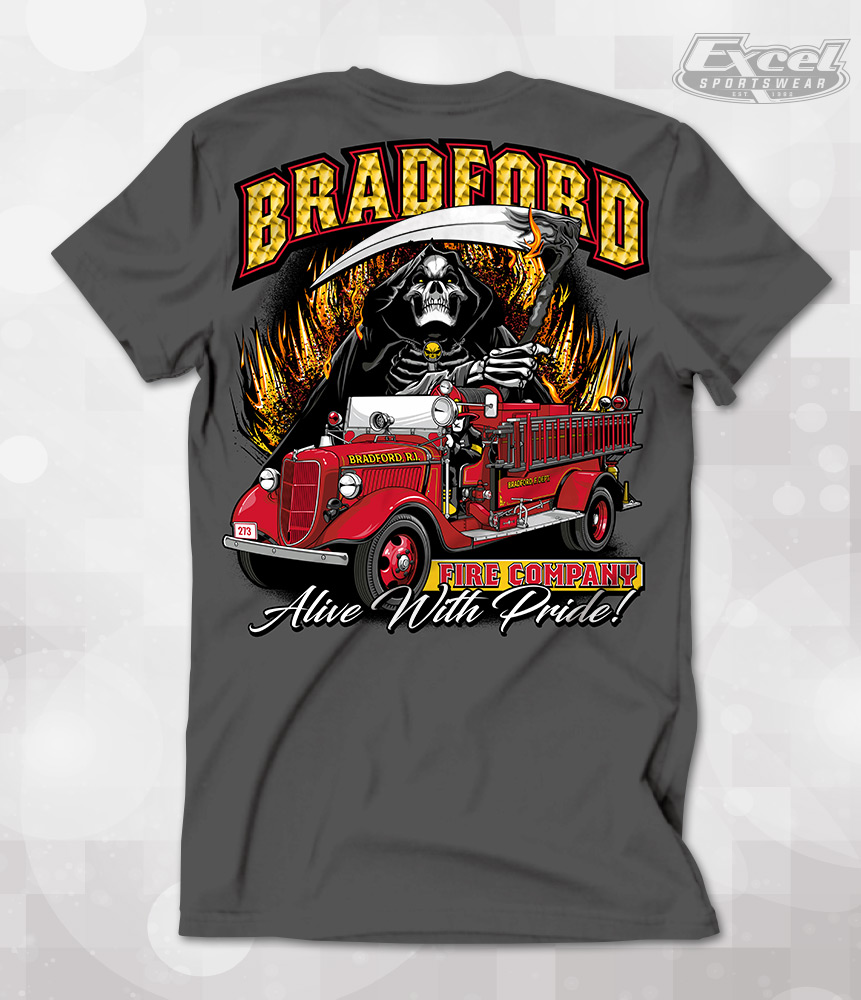Creating custom-designed t-shirts that leave a lasting impression on your customers is an art form in itself. As experienced screen printers, we understand the importance of designing t-shirt artwork that aligns with your brand identity and effectively conveys your message. After all, these designs will be cherished for years to come, so they better look good!
To help you avoid the common pitfalls of t-shirt design, here are nine crucial factors to consider when creating your next masterpiece:
1. Clipart and stock photos may seem like convenient options, but not all of them are created equal. If possible, invest in a professional t-shirt artist who can bring your brand and image to life.
2. Before diving into your design, understand the type and color of the garments on which your artwork will be printed. Tailor your design to suit the garment’s characteristics and size range.
3. Choose your fonts wisely. They should complement your logo and be bold and legible even from a distance. Remember, visibility is key!
4. Don’t overcomplicate your design. Keep it simple and uncluttered, ensuring that your message shines through clearly.
5. Pay attention to the contrast between your design and the shirt color, particularly when it comes to text. A royal blue ink on a black shirt, for instance, lacks contrast and readability. Opt for colors that create a striking contrast, allowing your message to be easily deciphered from afar.
6. Ensure your logo stands out and is legible within the design.
7. Never use copyrighted photos, designs, or artwork without the necessary rights. Be original and respect intellectual property.
8. Strike the right balance between design and text. Avoid overcrowding your design with excessive text and choose fonts that are clear and easy to read.
9. Always consider the purpose of your printed t-shirts. Why are you creating them? Let your design revolve around that purpose. Never underestimate the impact of a phenomenal t-shirt design.
The considerations for designing exceptional t-shirts are vast, and there’s no one-size-fits-all approach. However, here are some simple yet effective tips to steer you in the right direction:
If you’re tempted to use clipart or stock photos from Google Images, bear in mind that the internet is saturated with low-quality options that won’t convey professionalism. Additionally, consider the size and placement of your design while keeping the characteristics of the garment in mind. These aspects can significantly enhance the overall impact of your design on your customers.
– Contrast and color play a crucial role in your final design. Your t-shirt design should leap off the fabric, captivating attention effortlessly.
– Avoid falling into the trap of creating a “generic” design for your t-shirts. Instead, let your strategy reflect your brand’s message and values. Stand out from the crowd with unique designs that genuinely represent your brand. If you’re struggling with ideas or need assistance in creating illustrations tailored to your brand’s aesthetic, don’t hesitate to reach out to us.
Here’s an example of our artwork:

At Excel Sportswear, we offer complimentary 10-minute consultations to guide you through the process of selecting custom t-shirt artwork.
For more insights into our expertise and services, check out our blog post, “Why Customized T-Shirts Are The Best “Word-Of-Mouth” Advertising Tool.” We’ll delve into suitable t-shirt designs for your brand’s identity, provide inspiration sources, and explain how we can assist you in kick-starting your t-shirt design journey.
In conclusion, designing t-shirts is a thrilling and creative process, but it demands careful consideration. To avoid costly mistakes and maintain a professional look, remember these do’s and don’ts. If you need any assistance, we’re here to help you create outstanding tees that leave a lasting impact.
- Do know your audience and design artwork that meets their needs. Stay updated with industry trends while staying true to your brand identity.
- Don’t create images that are unrelated to the written or spoken content. Ensure the visuals align with the text printed on the shirts.
- Don’t invest excessive time in customizing images without considering the overall value, both artistically and financially. Keep these guidelines in mind when designing t-shirt art for your brand.
- Do maintain a recognizable style, utilize custom color palettes, and ensure good contrast in your designs.
- Don’t create overly complex designs that hinder reproduction on different garment types or other marketing materials. Simplicity is key to professionalism.
Use this checklist of points when designing t-shirts for your brand to avoid counterproductive design choices. Now, Let’s create something remarkable!
